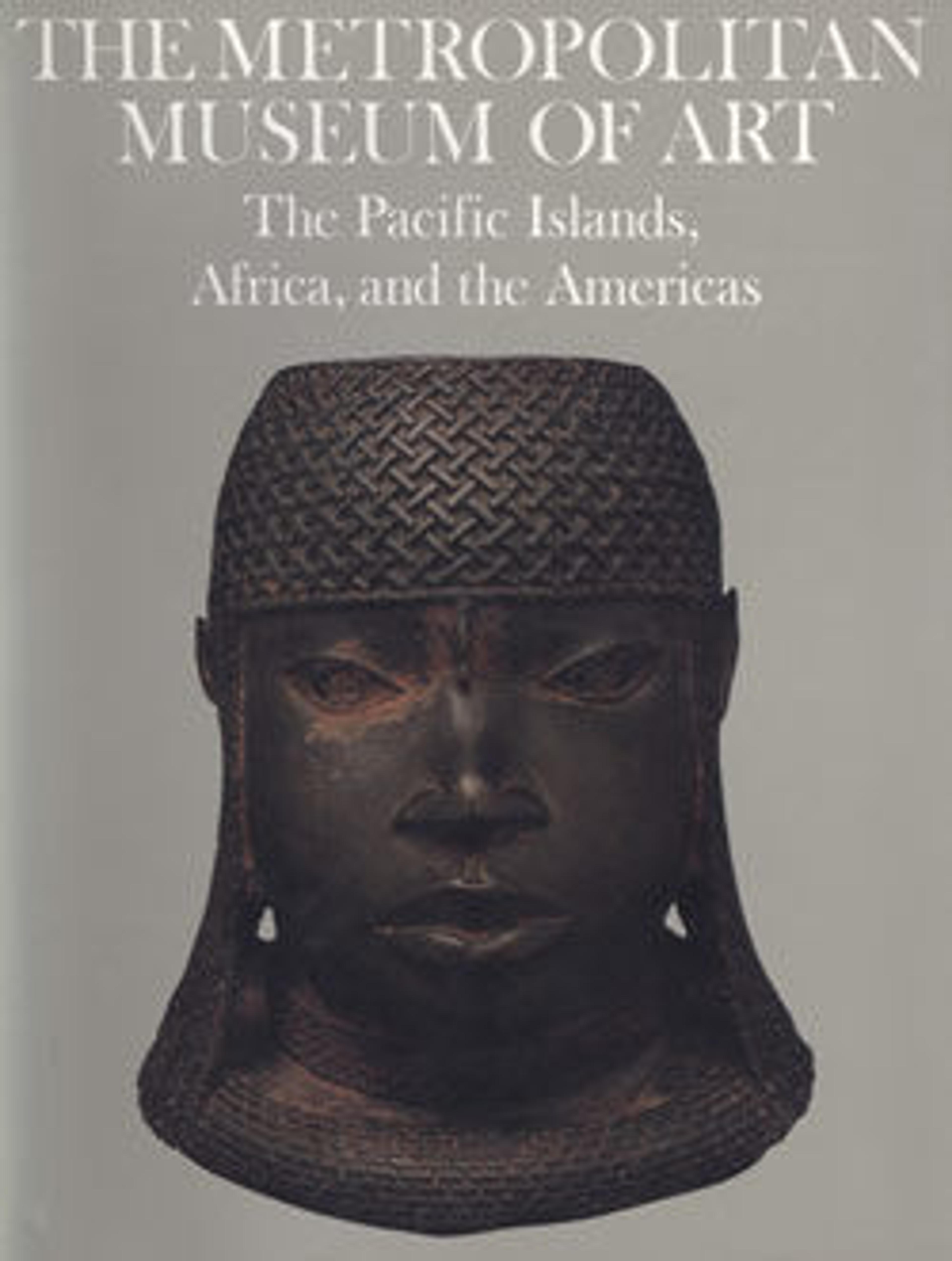Tongwa (The Beginning of the Clan)
Most Lega men and women elected to be initiated into the powerful, many-graded bwami society as a means to secure their moral and social development. Advancement within bwami was mediated through the interpretation of potent objects ranging from bird beaks and animal claws to wood and ivory sculptures. Guardians of bwami artifacts displayed and manipulated them in a public arena accompanied by music, drama, dance, and proverbs. Each object was individually named and identified with a specific concept. Such large ivory heads were maintained by senior bwami members on behalf of the community. This example was named Tongwa and may have been used to emphasize familial continuity and lineage. Despite the society being banned by the Belgian colonial government in 1947, approximately 95 percent of all Lega men were bwami members through the 1950s, including those from the Beia or Bene clan, from whom this work was purchased.
Artwork Details
- Title:Tongwa (The Beginning of the Clan)
- Artist:Lega artist
- Date:19th–early 20th century
- Geography:Democratic Republic of the Congo, Pangi region
- Culture:Lega peoples
- Medium:Ivory
- Dimensions:H. 8 1/2 × W. 4 3/4 × D.4 1/2 in. (21.6 × 12.1 × 11.4 cm)
- Classification:Bone/Ivory-Sculpture
- Credit Line:The Michael C. Rockefeller Memorial Collection, Bequest of Nelson A. Rockefeller, 1979
- Object Number:1979.206.207
- Curatorial Department: The Michael C. Rockefeller Wing
More Artwork
Research Resources
The Met provides unparalleled resources for research and welcomes an international community of students and scholars. The Met's Open Access API is where creators and researchers can connect to the The Met collection. Open Access data and public domain images are available for unrestricted commercial and noncommercial use without permission or fee.
To request images under copyright and other restrictions, please use this Image Request form.
Feedback
We continue to research and examine historical and cultural context for objects in The Met collection. If you have comments or questions about this object record, please contact us using the form below. The Museum looks forward to receiving your comments.
